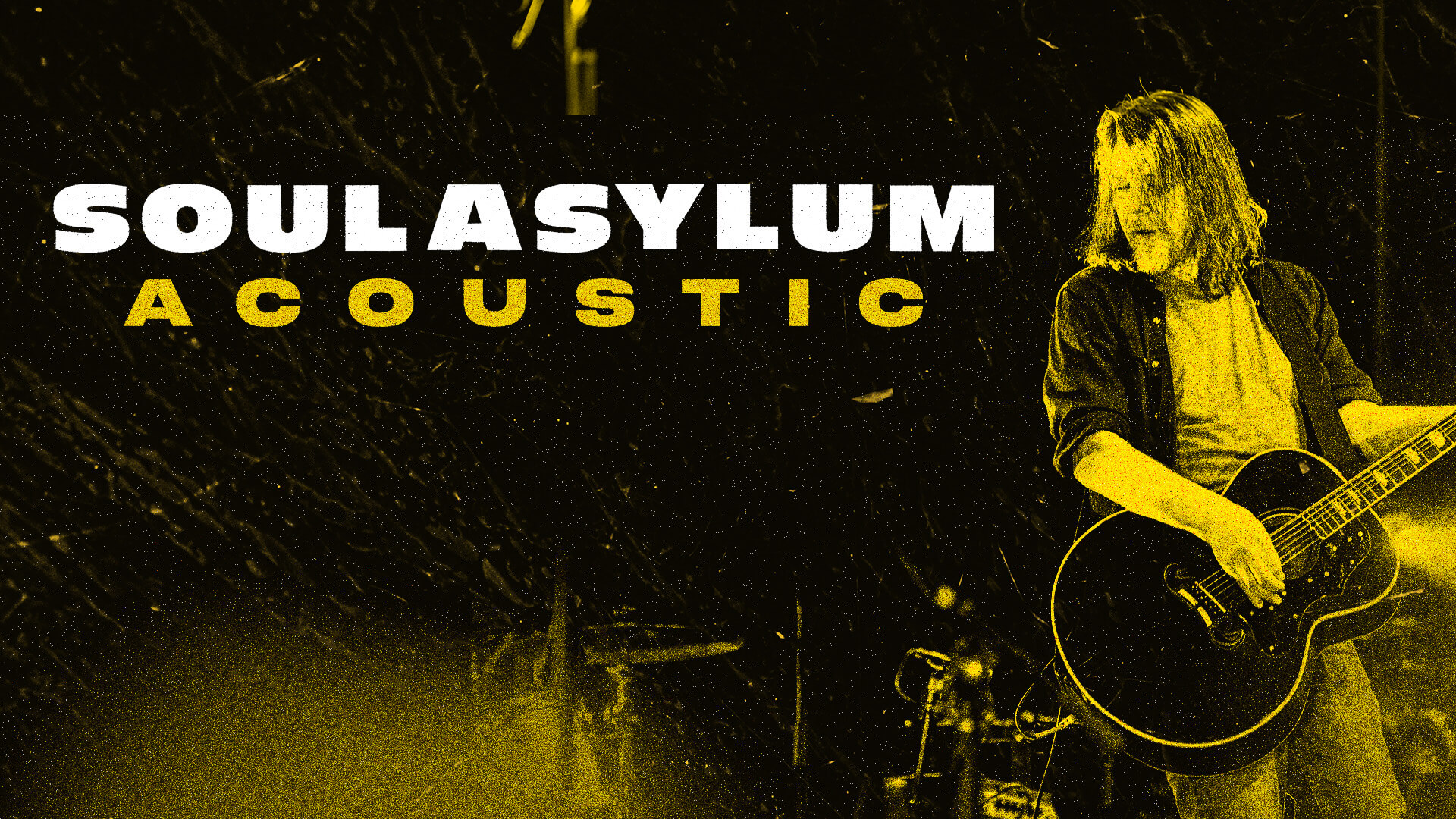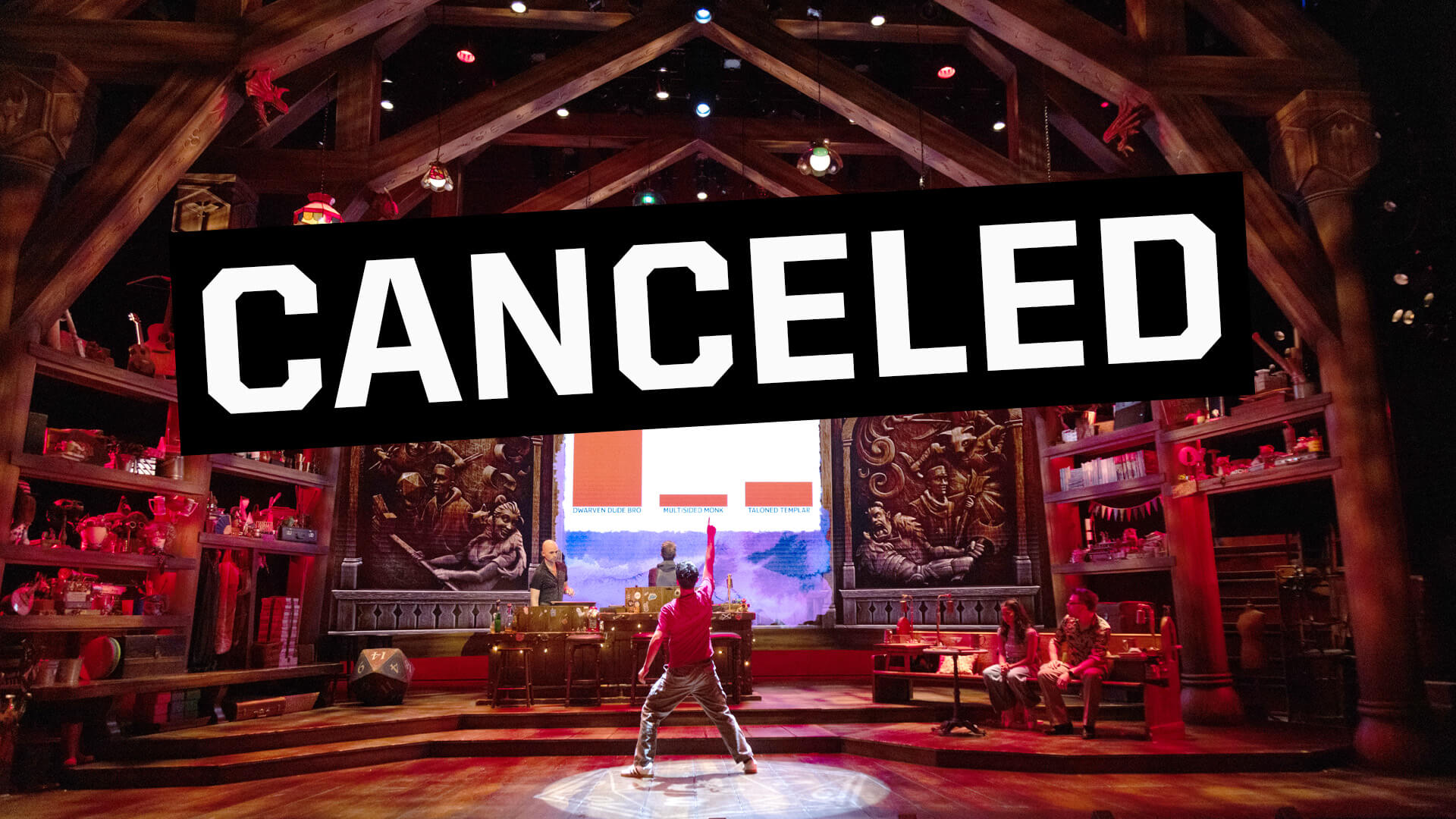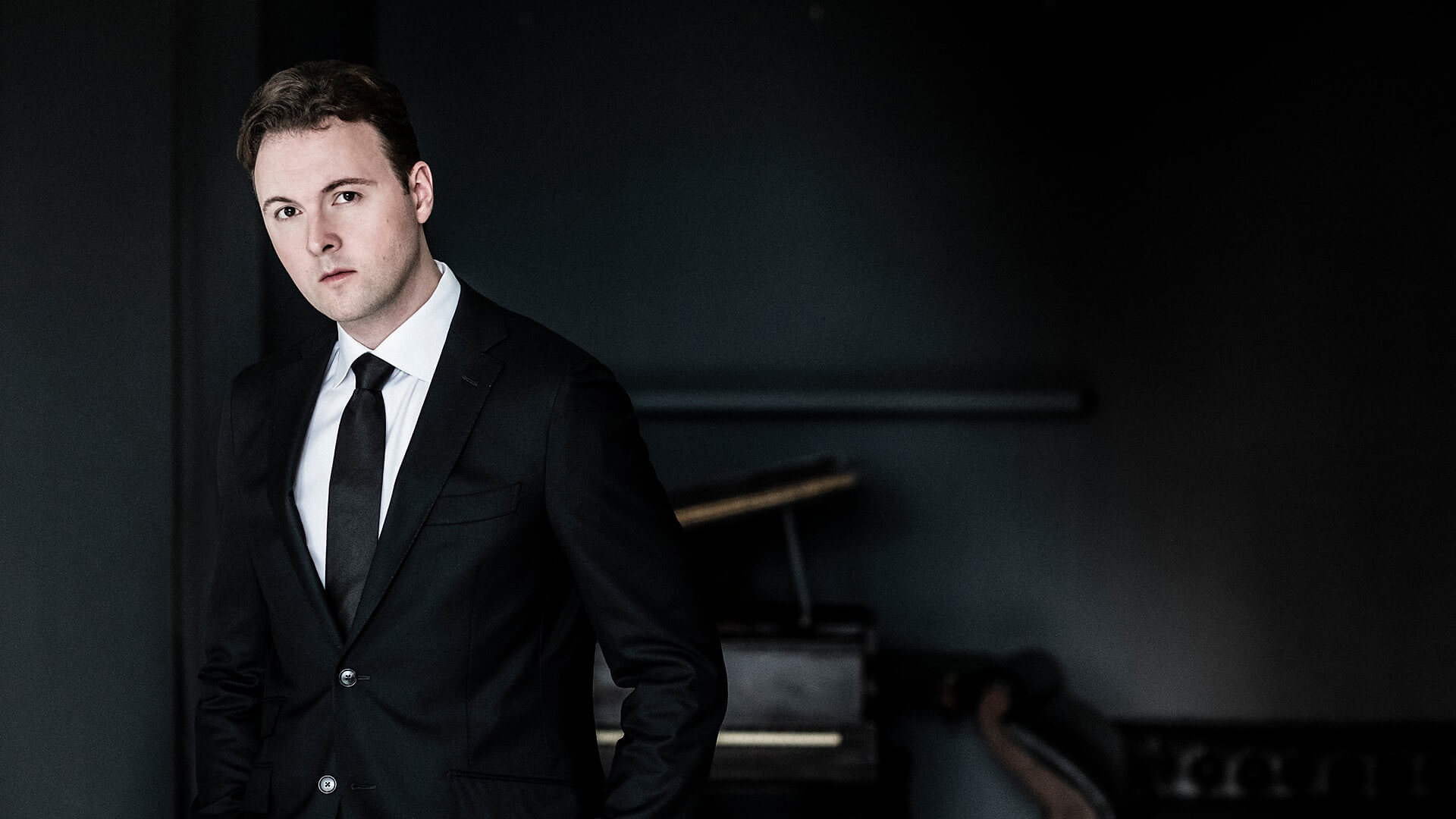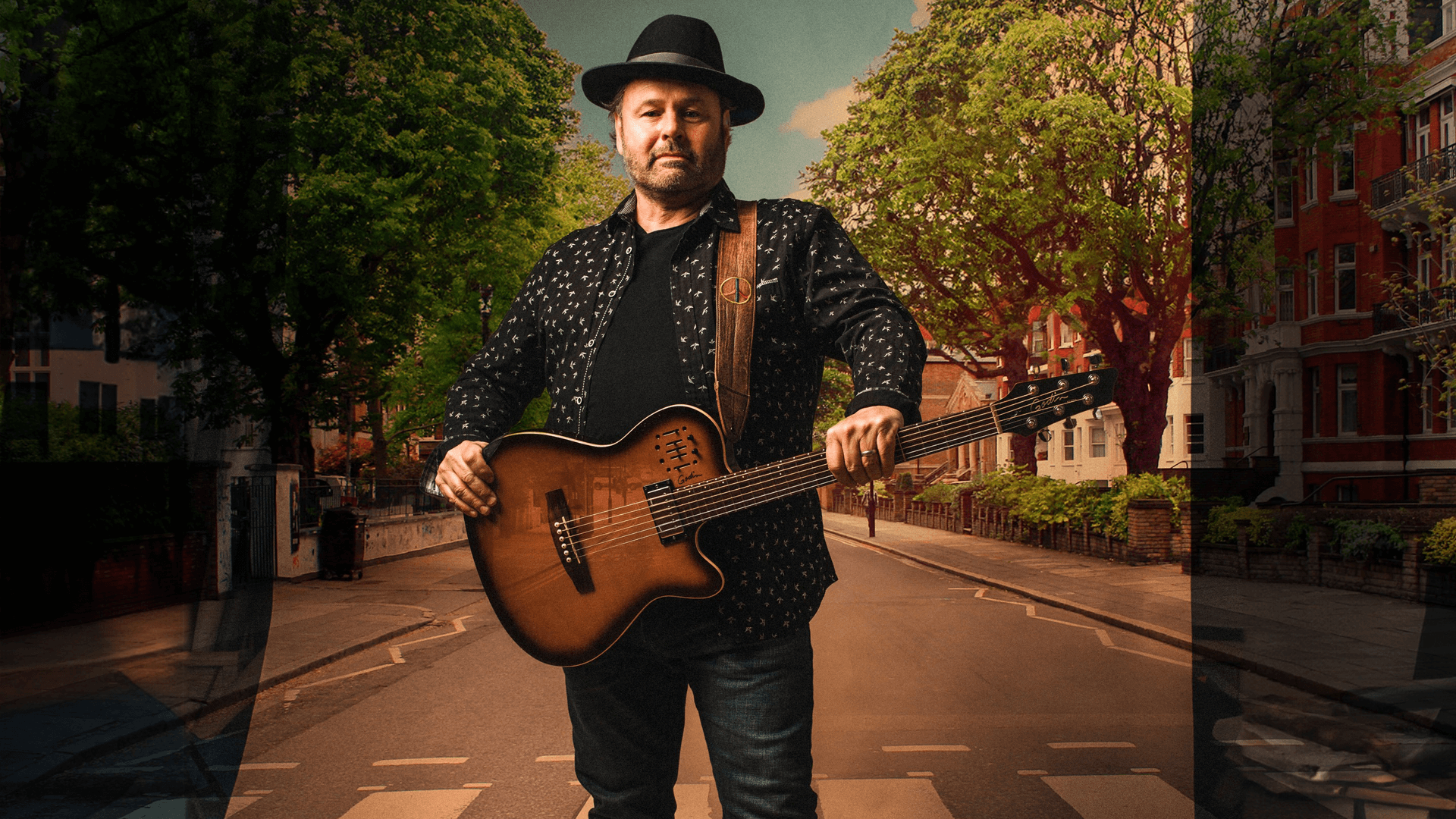Verona String Quartet Program Notes
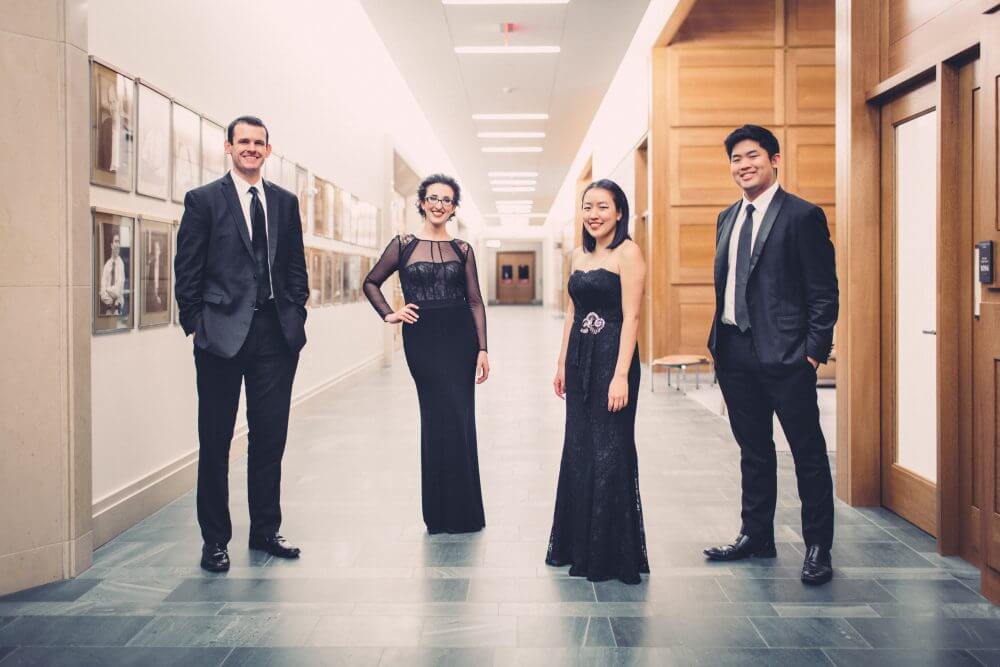
Sonata No. 31 in A-flat major, Op. 110 (1821-22)
by Ludwig van Beethoven (Bonn, 1770 – Vienna, 1827)
Like the late string quartets, the late Beethoven piano sonatas are surrounded by their own mystique. In them, Beethoven broke a creative silence of several years and changed his style a second time, moving beyond his ‟heroic” middle period into a more private, more transcendent artistic world. The five great sonatas written between 1816 and 1822 stretch the genre in entirely unprecedented ways, and make demands on the performer that far exceed anything found in the earlier works. The number of movements in these sonatas, their order and their character all depart from tradition significantly, but even more important are the changes in spirit.
In the A-flat major sonata, some elements from Beethoven’s earlier music reappear in entirely new contexts. The contemplative beginning, with a melody interrupted in its fourth measure by a fermata, recalls the sonata in F-sharp major (Op. 78), written more than a decade earlier. Moreover, the continuation of Op. 110, a lyrical melody marked dolce (‟sweet”), is an almost literal quote from the minuet of the violin sonata Op. 30, No. 3, written two decades earlier. Yet the familiar elements change their meaning entirely as the minuet rhythm is quickly dissolved in a series of figurations with an irresistible pull upwards, to a high register that was only available on the newest pianos of the time. There are brief bursts of energy, but they are immediately tempered by relaxed and wistful reminiscences of the past.
This poetic dream is shattered by an earthy scherzo, terse and extremely direct. It has been shown that its melody derives from two Austrian popular songs, one with the words ‟Unsre Katz hat Katzerln g’habt” (‟Our cat has had kittens”), the other ‟Ich bin lüderlich, du bist lüderlich” (‟I’m a slob, you’re a slob”). The middle section is equally succinct but more fluid. The right hand moves faster and touches on notes outside the main key while the left hand plays ascending triads consistently on the weak part of the measure: all this creates an atmosphere of uncertainty that contrasts with the bluntness of the scherzo proper.
After the thesis and antithesis of the first two movements, the synthesis occurs in the finale, one of Beethoven’s most complex creations. The struggle with Fate was not over with the Fifth Symphony: the Ninth, written shortly after the five late sonatas, will take up that struggle for the final time, and conquer Joy at the end of an enormously difficult dramatic process. In the Adagio and Fugue that constitute the last movement of Op. 110, something similar happens. The music begins in deep despair, with a few tentative measures played with the soft pedal, and a few bars of instrumental recitative (another parallel with the Ninth Symphony). A section marked ‟Arioso dolente” (‟Sorrowful arioso”) follows, which strongly recalls the aria ‟Es ist vollbracht” from Bach’s St. John Passion (although Beethoven is unlikely to have known this work). Beethoven himself had previously used this theme in his cello sonata in A major, Op. 69 (1807-08), but here he expanded it greatly, bringing out all the tragedy inherent in this heart-rending lament. What a contrast, then, when the tempo changes to Allegro and a quiet but confident fugue begins—using the series of ascending fourths that also formed the backbone of the sonata’s opening movement! In the fugue, there is another connection with Bach, which this time can be no coincidence, since Beethoven had known the preludes and fugues of the Well-tempered Clavier since childhood. The fugue grows and grows until it suddenly breaks off and the ‟Arioso dolente” returns. The sorrows won’t go away so easily (no more than in the finale of the Fifth Symphony, which briefly brings back the dark shadows of the third movement). Yet a new fugal section soon begins, inverting the previous theme (i.e. changing the ascending fourths into descending ones) and carrying the sonata to its glorious and triumphant ending.
String Quartet No. 7 in F major, Op. 59, No. 1 (1806)
by Beethoven
Prince Andrey Razumovsky, the Russian Ambassador in Vienna, and the Princes Lichnowsky and Lobkowitz, two Viennese aristocrats to whom he was related by marriage, together received the dedications of more than a dozen major works by Beethoven. One might almost say that their “clan” underwrote a great part of what later became known as Beethoven’s “heroic” or middle period.
The three quartets of Op. 59, known as the “Razumovsky” quartets, were written shortly after the Third Symphony (“Eroica”) and the F-minor Piano Sonata (“Appassionata”). In those works, Beethoven made a bold leap into the future: music had never expressed such intense emotions before, nor had the formal conventions of music been changed so radically in such a short time. With Op. 59, Beethoven extended his musical revolution to the quartet medium, producing three masterworks after which the genre was never the same again. One of the most striking features of Beethoven’s “heroic” style is a reduction of the thematic material to a small number of motifs and an expansion of the techniques which serve to develop those motifs. The most extreme example is probably the first movement of the Fifth Symphony, but the opening of the Quartet in F major shows the same tendency. The main melody, introduced by the cello, is rather simple in its outline; it only takes its full meaning as Beethoven makes it rise through the higher and higher registers of the first violin. It is a gently singing, lyrical theme, but the pulsating accompaniment of the second violin and the viola, which sometimes clashes with the melody at unusual intervals, gives it a certain edge that foreshadows some more dramatic moments to appear very soon. Beethoven subjected his theme to more far-reaching transformations than he had ever done before, especially in the development section which unites such textural extremes as a long solo line for first violin and a densely woven four-part fugato passage. The range of modulations also far exceeds Beethoven’s earlier practice. As often in his middle period, Beethoven appended a coda in which the theme, consistently accented on the “wrong” part of the beat (on the second and fourth quarter-notes instead of the first and the third), shows yet another of its many sides. Then the theme is taken up in canon by the viola and the cello. The texture finally stretches out into a second space spanning a full five octaves from the lowest note of the cello to the highest of the violin.
The second movement is sometimes referred to as a scherzo, yet Beethoven’s title “Allegretto vivace e sempre scherzando” is more precise: scherzo is a musical form, but scherzando is a general character. In fact, Beethoven aimed for something more ambitious here than the usualy playful and fast movement with a contrasting Trio section in the middle. Instead, he composed a complex movement that doesn’t quite fit any of the standard classical schemes such as sonata or rondo. The opening is as playful as any scherzo: the dance rhythm of the cello, consisting of a single pitch, the unnaccompanied melody of the second violin, and a repeat of this whole exchange a step lower, thrusting the music into an unexpected new tonality. Two more dance melodies are added in due course, one reminiscent of an Austrian ländler, the other, perhaps, of a melancholy Polish mazurka in the minor mode. (Or could Beethoven have intended an allusion to Russia at this point? In the finale, of course, he would honor the dedicatee of the quartet with an authentic thème russe.) With boundless imagination, Beethoven sends these three themes on a journey full of surprising turns and fantastic adventures. It is musical humor at its most sublime, where the wit of a genius gives us access to something transcendent.
We move into even more transcendent realms with the “Adagio molto e mesto” in F minor. Its noble and elegiac melody, played by the first violin and repeated by the cello, becomes more agitated when the higher registers are reached. The melody is developed amidst dramatic outbursts, lavish embellishments, occasional imitation among the voices, and moments of major-mode sunshine. The movement ends with a brilliant cadenza for the first violin than leads without pause into the finale, based on a Russian melody Beethoven had found in the collection of folk melodies published by Nikolai Lvov and Ivan Prach. This melody begins in F major and ends in D minor, and Beethoven made the most of this peculiarity not often found in Western European themes of the Classical era. He used the tonal ambivalence to build a spirited sonata movement that nevertheless has its wistful moments. As the theme already has a double character (and in order not to slight his thème russe), Beethoven did not introduce a second theme, only a short and harmonically very simple closing idea in a lively dotted rhythm. After an unusually active development section, which turns the previously presented motifs upside down and inside out, a modified recapitulation reveals yet other potentials in those motifs. One of Beethoven’s favorite closing devices, the sudden slowdown before the end, makes the Presto ending all the more irresistible.
Piano Quintet in F minor (1879)
by César Franck (Liège, 1822 – Paris, 1890)
Throughout his life, César Franck had a rather difficult relationship with the world surrounding him. He had been a resident of Paris since his teens, yet the French were reluctant to accept him as one of their own because he was born just beyond the border, in the Walloon district of what in 1830 became the Kingdom of Belgium. (He was a French speaker of partially German descent.) His father’s attempts to turn him into a child prodigy failed, and young Franck had to endure considerable hardship before he found his niche in the musical life of the French capital.
That niche was, and remained, that of an organist; Franck was much admired at the console of the church of Sainte-Clotilde and as a professor of organ at the Conservatoire, but few people took him seriously as a composer until shortly before his death—that is, few outside his devoted circle of students and followers who, in any case, included some of the greatest talents of the new generation, such as Henri Duparc, Vincent d’Indy, and Ernest Chausson. It was during the last decade of his life that he wrote the series of masterworks for which he is mostly remembered today: the Violin Sonata, the String Quartet, the Symphony in D minor—and the Piano Quintet, which marks the beginning of Franck’s golden years.
Franck was 57 when he completed his Piano Quintet. It was the first piece of chamber music he had written in thirty years, and its tempestuous, hyper-romantic mood contrasted markedly with Franck’s earlier work, which had been mostly sacred. The choice of medium is explained by the recent launching of the Société Nationale de Musique, which set as its goal to promote chamber music, which had been neglected in France in favor of opera. As for the mood, the likely explanation is Franck’s infatuation with his student Augusta Holmès, a beautiful and gifted woman twenty-five years his junior.
The novelties of the work were not lost on the audience of the first performance. “The lovers of the classics [were] shocked by the expressive force and violence of the Quintet,” writes Léon Vallas in his 1951 biography. Others, to the contrary, appreciated “the glowing beauty of the new score,” sensitive to the “unexpected and overwhelming display of a musical passion hitherto unsuspected.” The premiere left some unpleasant memories: the piano part was played by Camille Saint-Saëns, who was Franck’s rival and had little affinity for the emotional intensity of the piece. When the performance was finished, Saint-Saëns left the stage rather abruptly, leaving the manuscript (which had been dedicated to him) on the piano in a gesture everyone interpreted as very ill-mannered. Another person who was appalled by the new work was Franck’s wife Félicité, who had no doubts about the inspiration behind it.
Franck based nearly all of his mature works on musical ideas that recur in all the movements—a technique he had learned primarily from Franz Liszt, though he developed it in an entirely personal manner. In the Quintet, the recurrent theme is first heard as the secondary subject of the first movement; there, it is played tenero ma con passione (“tenderly but with passion”). At the end of the movement, this theme becomes much more animated. Halfway through the second movement, the piano plays it in a dreamy, lyrical fashion. Finally, it plays a crucial role in the third movement, just before the end.
In each of the three movements, this motto is preceded by other, contrasting materials. The slow introduction to the first movement presents two opposite characters: a powerful dramatic statement in the strings, and a gently undulating melody in the piano. When the tempo increases to Allegro, all five players begin to share the same music, a passionate motif in dotted rhythm derived from the earlier string theme. The first appearance of what will be the recurrent melody is a response to that motif—a resolution of the conflict, as it were. One of the most striking features of this melody is its extensive use of chromatic half-steps, and Franck develops this aspect thoroughly. The pervasive chromaticism undermines tonal stability and creates a great deal of additional tension that is present even in the subdued final measures of the Allegro.
The second movement is intimately lyrical throughout; the motto is quoted exactly halfway through. It functions as a bridge between the two main sections of the movement, the second of which contains a triple-fortissimo outburst that, however, quickly dissipates into the extremely tender music of the final measures.
The main melody of the fiery finale emerges only gradually from the background of an excited accompaniment figure. The four string instruments play this melody in unison, rising from piano to fortissimo. A second and later a third theme are added and developed as sonata form requires, but the defining moment arrives only later. The motto returns one final time to crown the entire composition, ushering in the vigorous and extremely tense concluding measures.
Peter Laki
https://live-convocations.pantheonsite.io/event/verona-string-quartet-daniel-hsu-piano/
